The Semmelweis Medical Museum (Semmelweis Orvostörténeti Múzeum) in Budapest contains an anatomical Venus by Clemente Susini, an early X-ray machine, and the obligatory shrunken head, all housed in the very building in which Dr. Semmelwies was born. But the most interesting element of the museum is the story of Semmelweis himself.
Semmelweis worked during the mid-1800s in the maternity ward of a clinic. Women in maternity wards all over the world were experiencing a mysterious disease called”childbed sickness,” today known as puerperal fever. As many as 30% of mothers died from this disease every month. Semmelweis was tormented over the deaths of so many women, but couldn’t figure out the cause.
One day, a colleague died shortly after performing an autopsy, and in a flash of insight, Semmelweis realized that his coworker had had a cut on his finger when he preformed the dissection. It became obvious to Semmelweis that doctors moving immediately from cadavers to pregnant women was not the best idea.
Semmelweis implemented a strict hand-washing policy in his clinic, requiring doctors to scrub with chloride of lime, an antiseptic. He also instituted an instrument-washing policy. The death-rate fell noticeably.
Semmelweis reported his findings to the great Medical Association of Vienna, but this was several years before Pasteur’s experiments confirmed germ theory; even Semmelweis himself was not sure why his discovery worked. So to most of the medical community, hand-washing simply didn’t make sense. Semmelweis’s discovery was soundly rejected, and in a cruel twist of irony, Semmelweis died — of the very disease he spent his life trying to prevent in others — before seeing his discoveries accepted by the medical community.
Clemente Susini’s wax models, painstaking to produce and incredibly fragile, can be seen in only a few other locations throughout the world, including La Specola Museum in Florence, the Josephinum in Vienna, and the Wax Anatomy Museum ot University of Cagliari.
—
Atlas Obscura visited the Semmelweis Museum on Obscura Day - March 20, 2010



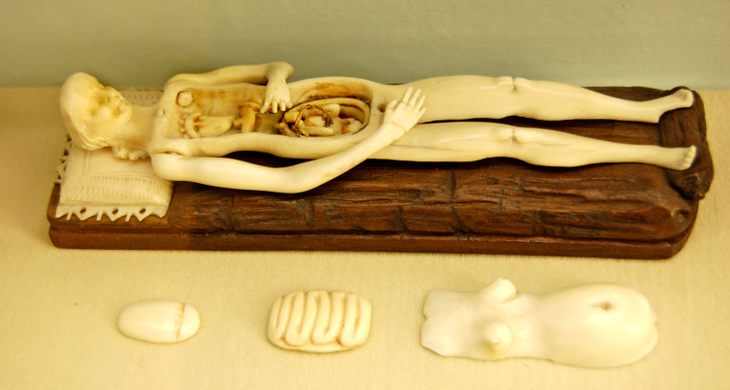
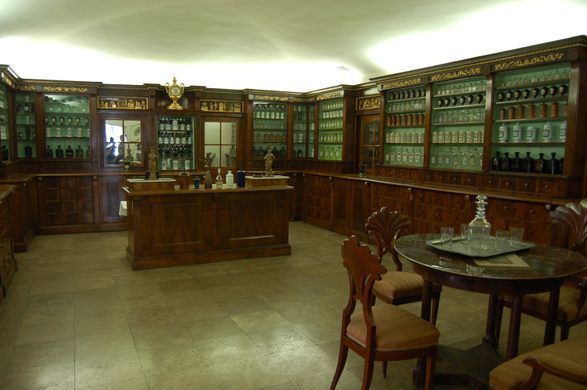
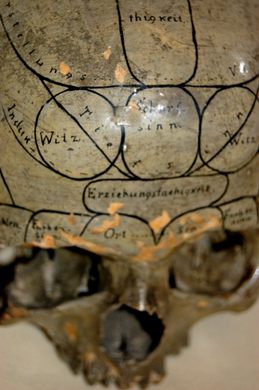
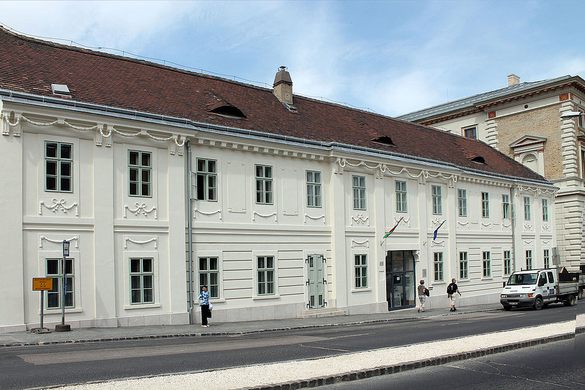
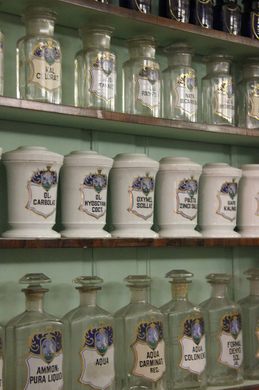
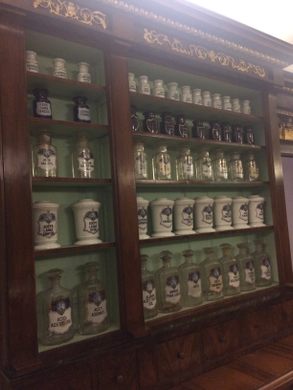


















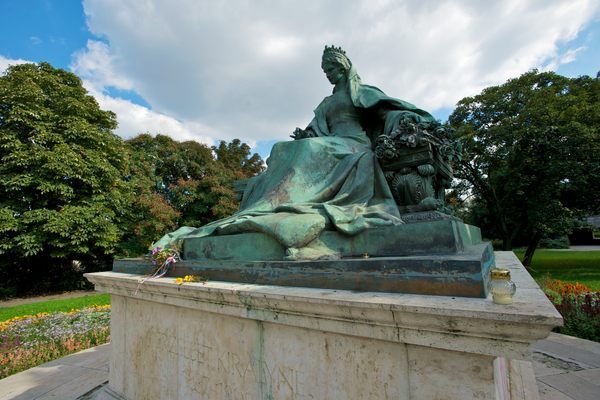



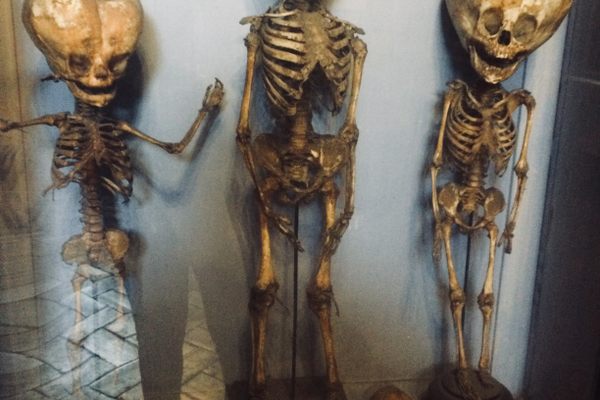

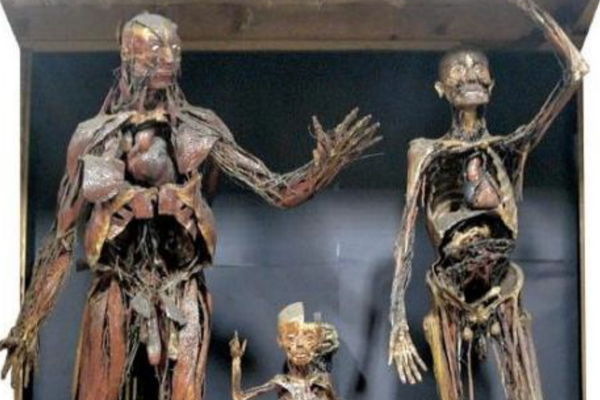
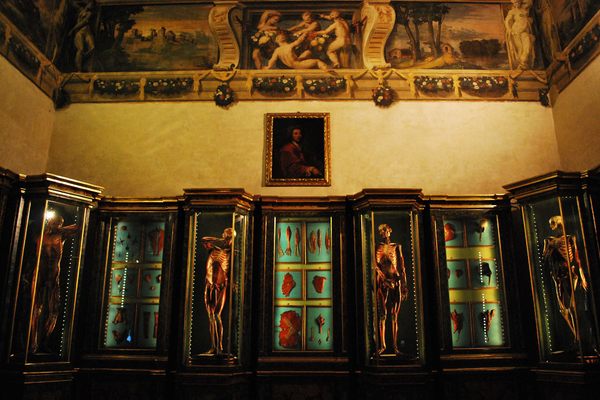
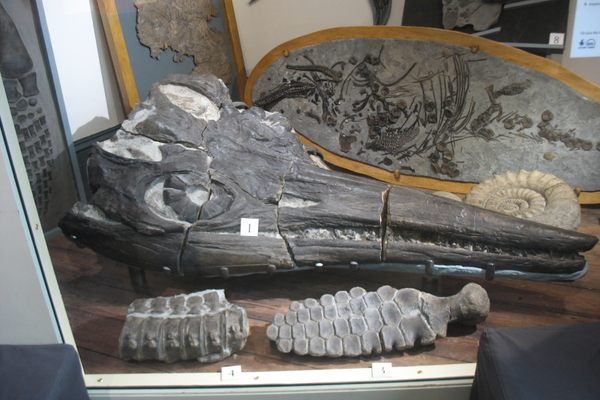

Follow us on Twitter to get the latest on the world's hidden wonders.
Like us on Facebook to get the latest on the world's hidden wonders.
Follow us on Twitter Like us on Facebook